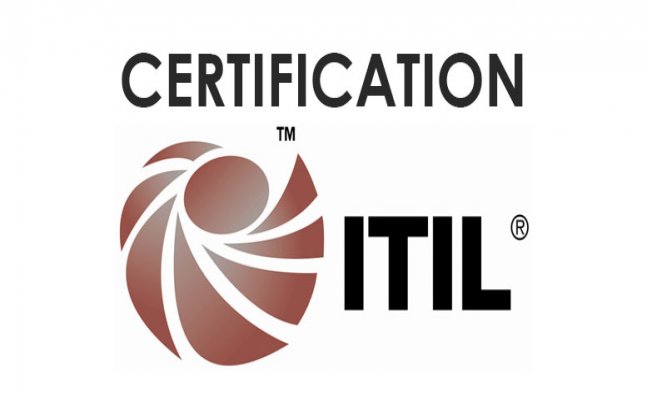SC rejects Tamil Nadu’s interim prayer to 50% OBC Quota in TN Medical Seats For 2020-21
- Monday | 26th October, 2020
Not only invent but also patent the inventions for AtmaNirbhar Bharat, says Pokhriyal
- Monday | 19th October, 2020

Information Technology Infrastructure Library (ITIL) defines a high-quality service lifecycle standard that outlines activities and processes implemented within the typical design, development and corresponding delivery of those IT services.
Many IT professionals would agree that the Information Technology Infrastructure Library (ITIL) plays an integral role in the management of IT service delivery on a global scale. It defines a high-quality service lifecycle standard that outlines activities and processes implemented within the typical design, development and corresponding delivery of those IT services.
Here is an overview of the ITIL certification process and the career paths that you can unlock once you have obtained that certification:
Five Core Certification Levels
There are five core certification levels – including the ITIL foundation certification -- offered by this type of ITIL training opportunity and overall journey. Keep in mind that there are hundreds of accredited training organizations throughout the world that are capable of providing first-class training and the administration of corresponding certification exams. The five levels include the following:
As you work your way from the Foundation level up to the Expert level, the ITIL relies on a credit system that will help you to progressively advance through the different stages. This is because each certification that you obtain along the way will unlock a specific number of credits. If you want to achieve certification as an ITIL Expert, you will ultimately need to obtain 2 credits.
How Can You Unlock the ITIL Master Certification?
As mentioned above, the ITIL Master certification path is the only one that does not follow the same credit requirements used within the first four levels. This particular certification allows you to demonstrate the ability and skill required to apply a high-quality framework in real-world scenarios. This certification path blends all of the process and principles outlined within the ITIL training structure together into the same certification path.
How exactly do you become an ITIL Master-certified professional? You must, of course, achieve the Expert certification first, but that is when the true work begins.
Transitioning from Expert to Master
To transition from ITIL Expert to Master, you must first have the experience necessary to take that monumental step. Reports confirm that you must have a minimum of 5 years of experience with the ITIL structure in either a leadership or management role. With that prerequisite in place, you can submit a well-developed proposal that targets a specific service improvement.
You will also need to submit a high-quality work package that clearly shows your ability to apply the principles learned along each ITIL certification path to a real-world scenario. You should place the primary focus on the impacts made to the business service. Even after that step, you will still need to have a successful interview with an expert ITIL assessment panel.
What Are the Costs Involved?
How much money should you expect to pay for your ITIL training toward pursuing an ITIL Master certification? Multiple reports confirm that the cost is typical $4,000 (USD) and is paid after the initial application is accepted. This also means that the stakes are much higher for this particular certification level, which shows that only serious candidates are the ones who invest their time, money and effort in achieving this credential.

Your support to NYOOOZ will help us to continue create and publish news for and from smaller cities, which also need equal voice as much as citizens living in bigger cities have through mainstream media organizations.
